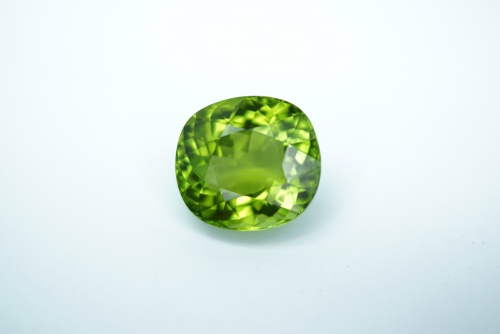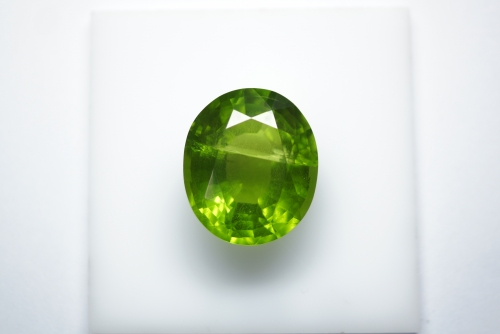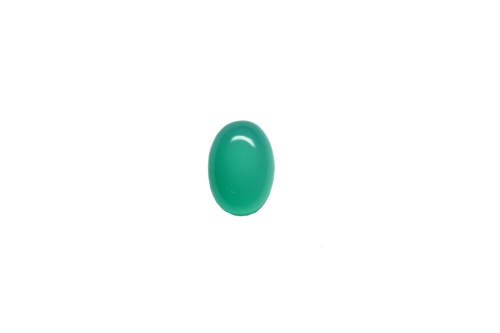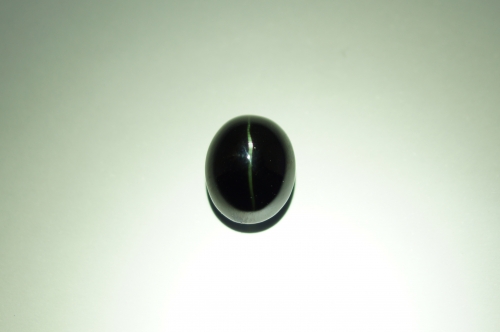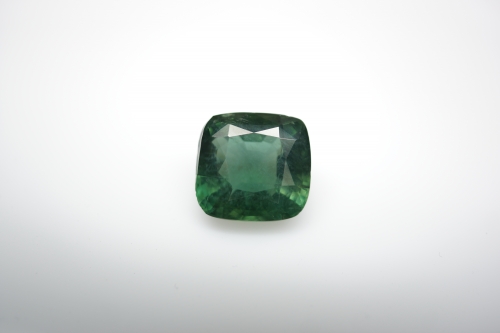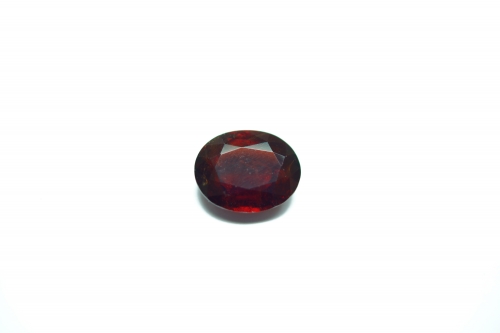Properties
- Mineral: Olivine
- Chemistry: (MgFe)2SiO4
- Color: Yellowish green
- Refractive index: 65 to 1.69
- Birefringence: 0.035 to 0.038
- Specific gravity: 34
- Mohs Hardness: 5 to 7
About Peridot
Peridot is one of the few gemstones that only appear in a single colour, olive green. It is a gem-quality variant of the mineral olivine which is a silicate mineral. Peridot gemstones can vary from yellow—to olive—to brownish-green. Peridots were called the “gems of the sun” by the ancient Egyptians. The Roman Empire was fascinated with peridots as well calling them “emeralds of the evening”.

